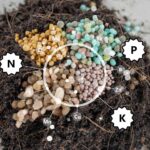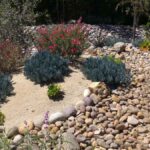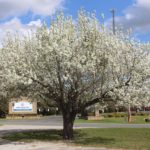
Iowa has long been known as an agricultural state, primarily due to mass-produced corn and soybeans and not as the result of small, family-owned vegetable gardens. If you live in Des Moines and are considering making the switch to homegrown produce, you’re making a smart choice. Fresh, locally grown produce tends to be much higher in nutrients than the mass-produced items you can buy at the grocery store. It will taste fresher and allow you to enjoy the rewarding hobby of gardening at the same time.
On average, our frost-free growing season starts at the end of April and lasts until mid-October. You’ll have about 175 total days to plant, cultivate, and harvest your crops. Here are some tips to help you make the most of your limited window.
1. Start Cold-Season Vegetables Early
Some vegetables are more fit to handle cold soil than others. These vegetables also tend to drastically drop in production once the weather turns hot and dry, giving additional incentive to start them earlier in the season. You can start seeds of cool-season vegetables, like radishes, spinach, and lettuce as early as March in some cases. Wait until there is minimal snow to transplant outside or consider planting in a cold frame or raised bed. Other vegetables, like broccoli, cauliflower, and cabbage can be planted outdoors as early as April.
2. Consider Starting Warm-Weather Vegetables Inside
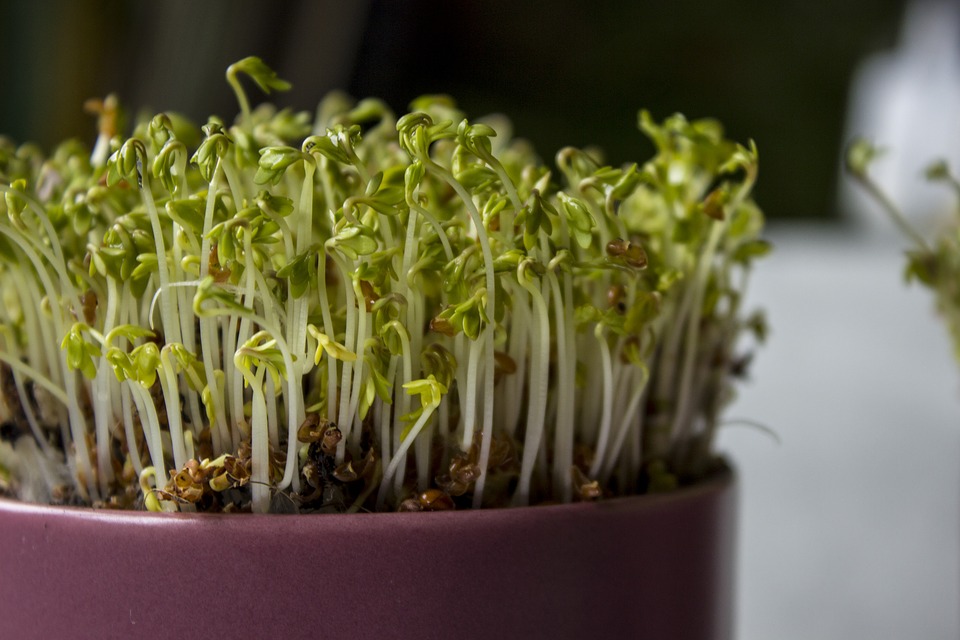
3. Use Mulch and Black Plastic to Warm The Soil
Once the outdoor air temperature rises, you may be tempted to get out there and start gardening immediately. However, waiting for the ground to warm is essential. If you’re feeling impatient, consider laying down black plastic sheeting or similar forms of mulch to help warm the soil. You can plant directly into the black plastic, later on, reducing your weeding tasks considerably.
4. Select Nutrient-Dense Vegetables
These will help you get the most bang for your buck, especially if you are gardening in a small space or have limited time. Consider planting crops that grow well in Iowa and are incredibly good for you, such as broccoli, carrots, kale, tomatoes, and Brussels sprouts. These vegetables provide a minimum of twenty percent of the recommended dietary intake for one or more nutrients, such as Vitamin A or potassium.
5. Avoid Planting After July – At Least Until it Cools Down
Try not to plant as the summer heat intensifies. You may be tempted to sow a second batch of seeds if your first did not germinate well, but this is ill-advised. Your plants will likely be shocked by the intense summer heat and will dry out quickly under the increased arid conditions.
On the contrary, if you want to grow a second batch of cold-season vegetables, you can plant again in the late summer. Pick varieties that will mature in less than seventy days, such as brassicas or fast-maturing root crops like radishes. Consider starting these plants inside and then transplanting them at the end of the summer. This technique will get them through the hottest, driest periods of the summer.
6. Add Frost Protection
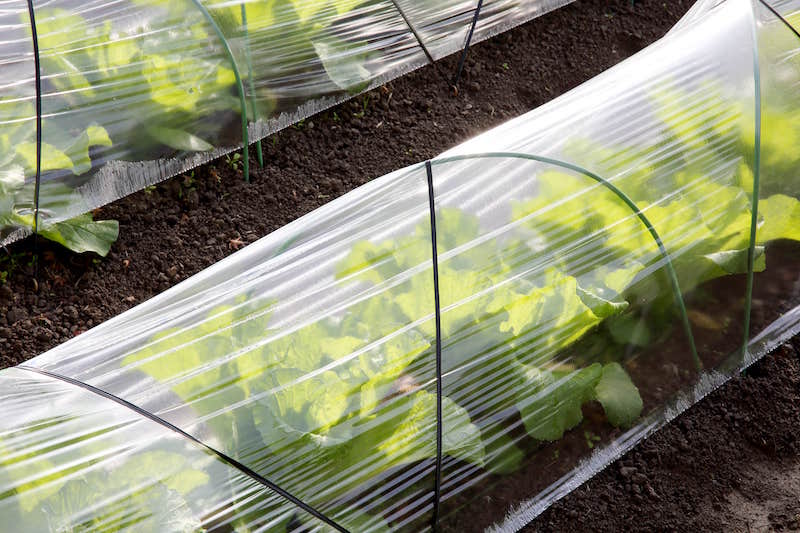
7. Grow Vegetables That Excel in Iowa
Iowa has a short growing season, so in addition to planting the nutrient-dense vegetables mentioned above, you must take into consideration your growth calendar. While mulch and row covers can help to extend your season, this extension is marginal in comparison to warmer portions of the country. Pick varieties of plants that mature quickly, and refer to the planting zone charts when you buy seeds.
Besides that, you can select varieties of plants that will perform well under our specific conditions in Des Moines. All vegetables in the cabbage family can be started indoors early – think growing broccoli variants like Green Comet, as well as plants like Head Start cabbage and Snow Crown cauliflower. There are even cold-season versions of other favorite vegetables available, such as Seneca Horizon corn and Sugar-Bon peas.
Need additional help? Visit our Des Moines lawn care page for more info!
